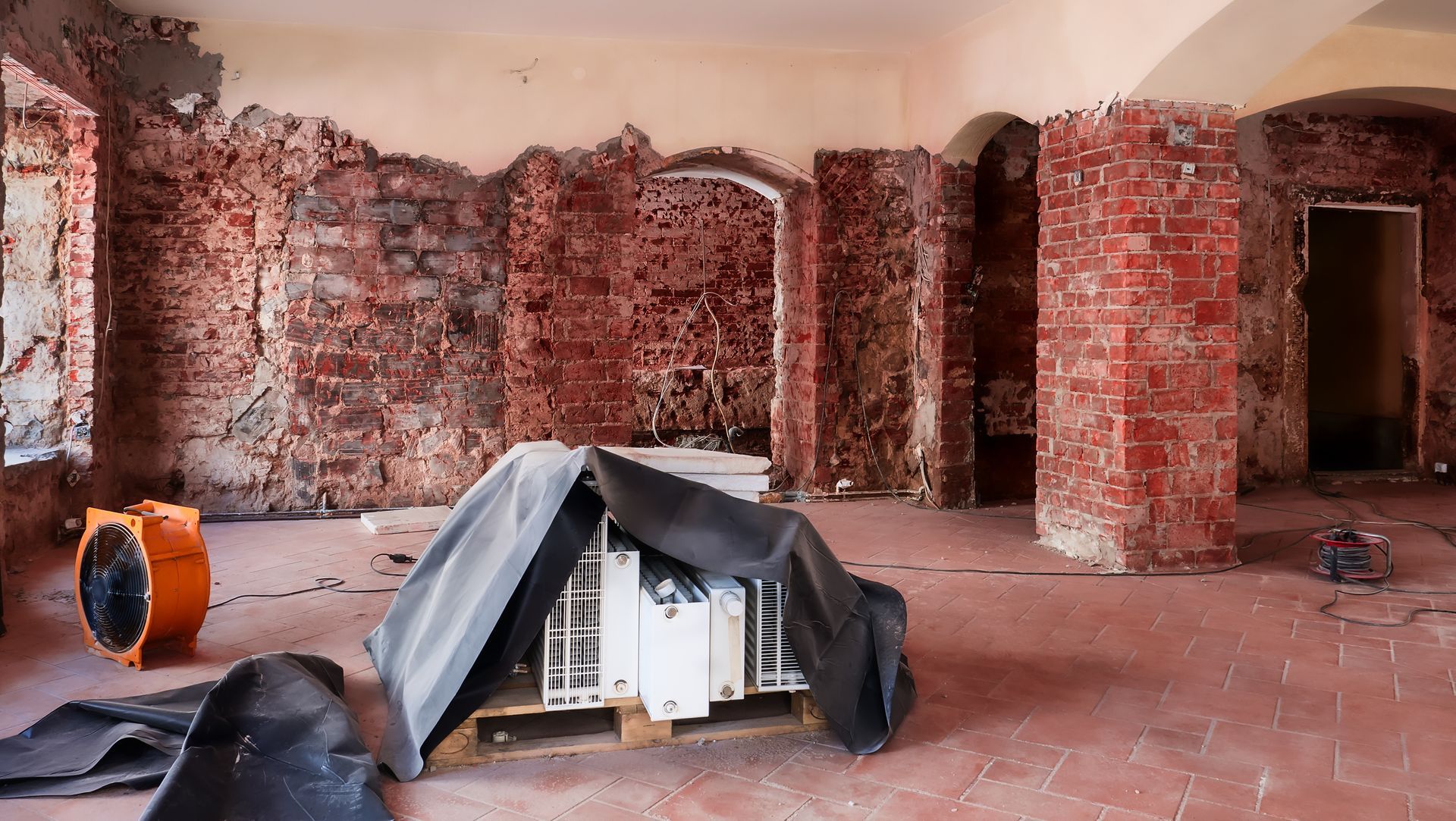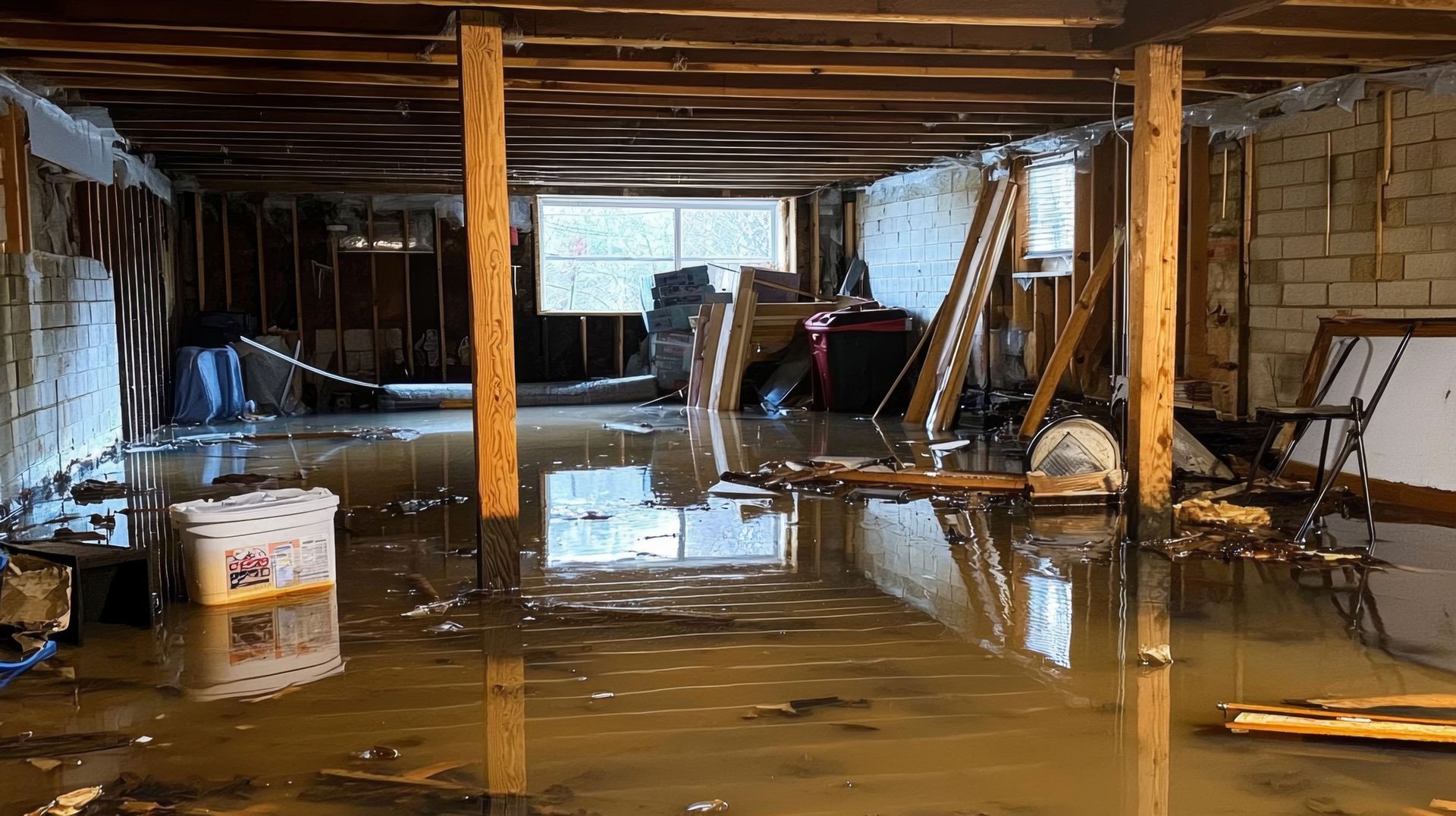HVAC Preventative Maintenance
Facility costs can account for a large chunk of your spending every year. In the United States, commercial and industrial facilities spend over $400 billion on energy alone! Lowering these costs generates a savings that can be allocated to other causes, such as expanding your business. Looking for a place to start? Begin with you commercial HVAC system.
HVAC are the biggest energy consumers in an average commercial building. While automation systems and other forms of technology work to reduce energy consumption, maintaining your systems through commercial HVAC maintenance greatly impacts the amount of energy this equipment uses. Check out our Commercial HVAC Maintenance Checklist to see the steps that need to be followed to keep your building’s HVAC equipment in top shape!
Facility managers and maintenance departments can keep commercial HVAC systems running more efficiently through regular commercial HVAC maintenance. Use this checklist as a guide to follow.
Preventative Commercial HVAC Maintenance
Perform these in the spring for cooling systems and in the fall for heating systems. This is a service performed by a commercial HVAC technician. This is designed to help your system run more efficiently throughout the season.
For outdoor components:
- Coil and cabinet are inspected and cleaned.
- Drain pans and condensate lines are cleared of obstructions.
- Compressor is inspected.
- Fan motor and blades are inspected and lubricated.
- Control box, switches, wiring and safety controls are inspected.
- Refrigerant level is measured and recharged if necessary.
For indoor components:
- Blower assembly is checked and cleaned.
- Belts are lubricated or replaced.
- Combustion blower housing is cleaned.
- Evaporator coil, drip pan, and condensate lines are cleaned and cleared.
- Burner assembly is inspected and cleaned.
- Ignition system is cleaned.
- Safety controls are tested.
- Heat exchanger is inspected.
- Flue system is checked for dislocations and wear.
- Control box, wiring, and connections are checked and tightened.
- Air filter is replaced or cleaned.
- Duct system is checked.
Check and Change Air Filters
- Air filters should be inspected every three to four weeks to ensure the filter has not become clogged with debris.
- Changing of air filters should be performed every three to six months, per the manufacturer’s recommendation or as needed.
- Maintenance staff should stay on top of air filter checks and changes, as restricted airflow through the HVAC systems hinders performance and increases energy consumption by this equipment. During periods of heavy use, you may find it necessary to replace filters more frequently.
- Running your commercial HVAC systems with clean air filters can lower energy consumption by up to 15%.
Program Thermostats
- Perform at the beginning of heating season and cooling season, and when temperatures hit the point of not using the systems regularly.
- When it’s time to switch from one HVAC system to the next, or it’s time to not run it so frequently, it’s time to check the programming on your building’s thermostats to ensure settings are optimal for energy savings. Do this by manually programming your thermostats or through your building automation system; even if you’ve programmed heating and cooling schedules in the past, it’s still smart to recheck to make sure they still fit your needs and the same areas are still in regular use.
Periodic System Checks
- Perform these monthly, or as needed.
- Check thermostat operation. If your thermostats are not operating correctly throughout the season, your HVAC systems could be running more frequently than necessary, boosting your energy consumption. If thermostats are not working properly, have them repaired or replaced.
- Check drip pan and drain lines. Clogs in your HVAC systems’ drainage lines can cause moisture to back up into your building, causing mold and mildew growth as well as the potential for damage. Make sure the drip pan and drain lines are emptying correctly and remove any obstructions that develop.






